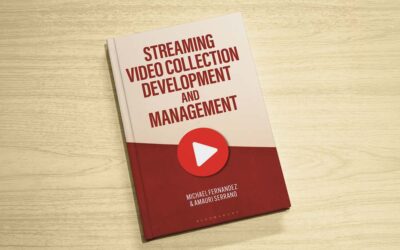4 Ways Special Librarians Can Demonstrate Value and Impact

Stephen Abram
Special librarians too often hide much of the true professional added value of their work. To mitigate that, I think the following activities should be added to communication with end users—either collectively or individually—so librarians can demonstrate value and impact.
1. Don’t neglect the importance of the cover memo. Even if this is just a handwritten note, formal memo or introduction to a report or package, ensure that you clearly state the professional decisions you made and the quality of the resources you used.
2. Sign your work. Don’t just sign the reference and research results deliveries to individuals and teams, also make sure that you add your authorship on digital products such as LibGuides, portals, posts, emails, dashboards, and e-newsletters.
3. Use professional language that differentiates your contribution from the original authorship of the content you provide. Start by outlining the comprehensiveness and limits of your research. Then make sure to share your opinion on the qualities of the content you’re delivering, note knowledge gaps, opportunities for further investigation, and any biases you detect. Start sentences with phrases like “In my professional opinion”, “The profession of librarianship regards this source as…”, or “This content was selected by the information professionals in our organization as authoritative and complete”, etc. Promote your personal name(s) as well as your library or team brand.
4. Be part of the storyline. Don’t just stay focused on your contributions to the question of the moment or the fire you’re fighting. Be clear on how what you do and what you create makes a difference in the real business of your organization. Know and tell your story of impact, and commit to being known as a contributor—not simply for delivering information quickly and well.
It’s simple really. Librarians do awesome work. Let’s make that clear and visible. Databases, OPACs and Google are mere collections and access points until our intelligence makes them dance. Demonstrate how special librarians add value and impact. Let’s sign our work.
-Stephen
Similar Posts
Growing Your Leadership Skills: 7 Tips for Special Librarians
Great library leaders aren’t born—they’re made through learning self-reflection and practice. Here are seven strategies to help you grow and lead with impact.
Keeping Up with Copyright and Generative AI: What Special Librarians Need to Know
As generative AI becomes more prevalent copyright law is evolving to address its impact. A new report from the U.S. Copyright Office provides guidance on what is (and isn’t) copyrightable.
Understanding Shadow AI: Risks Costs and Governance
AI can enhance search discovery and efficiency but unsanctioned adoption—known as “shadow AI”—can lead to budget overruns and compliance risks. Here’s how to evaluate AI pricing models and build a governance strategy that balances innovation with cost control.
Interview with an Author: Fernandez on Streaming Video Collection Development
As demand for streaming video in libraries grows so do the challenges of managing access budgets and licensing. Co-author Michael Fernandez shares key insights from his book “Streaming Video Collection Development and Management”.






Leave a Comment
Comments are reviewed and must adhere to our comments policy.
0 Comments